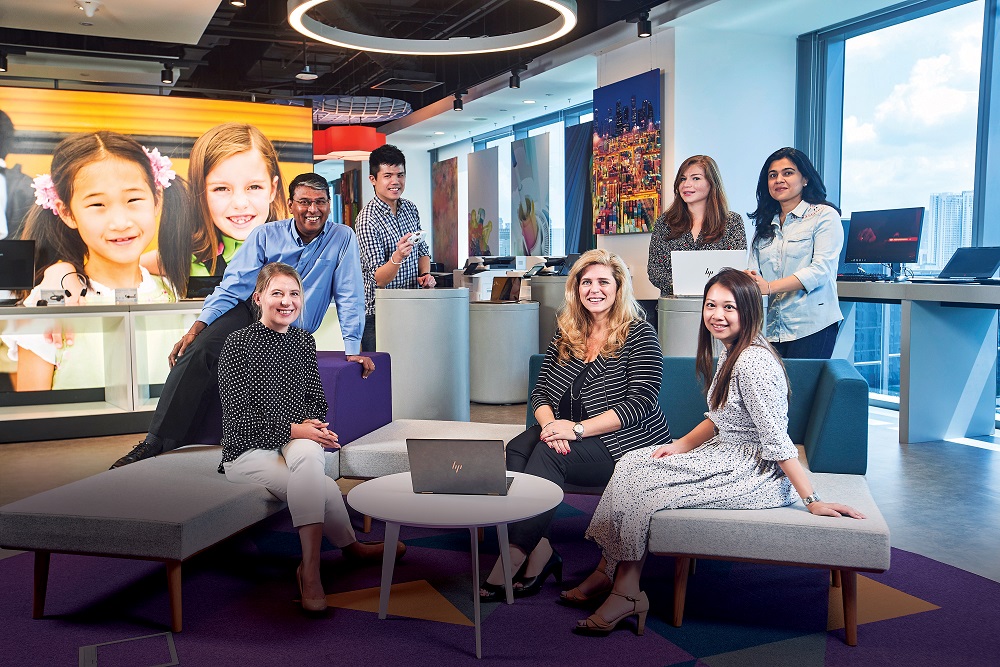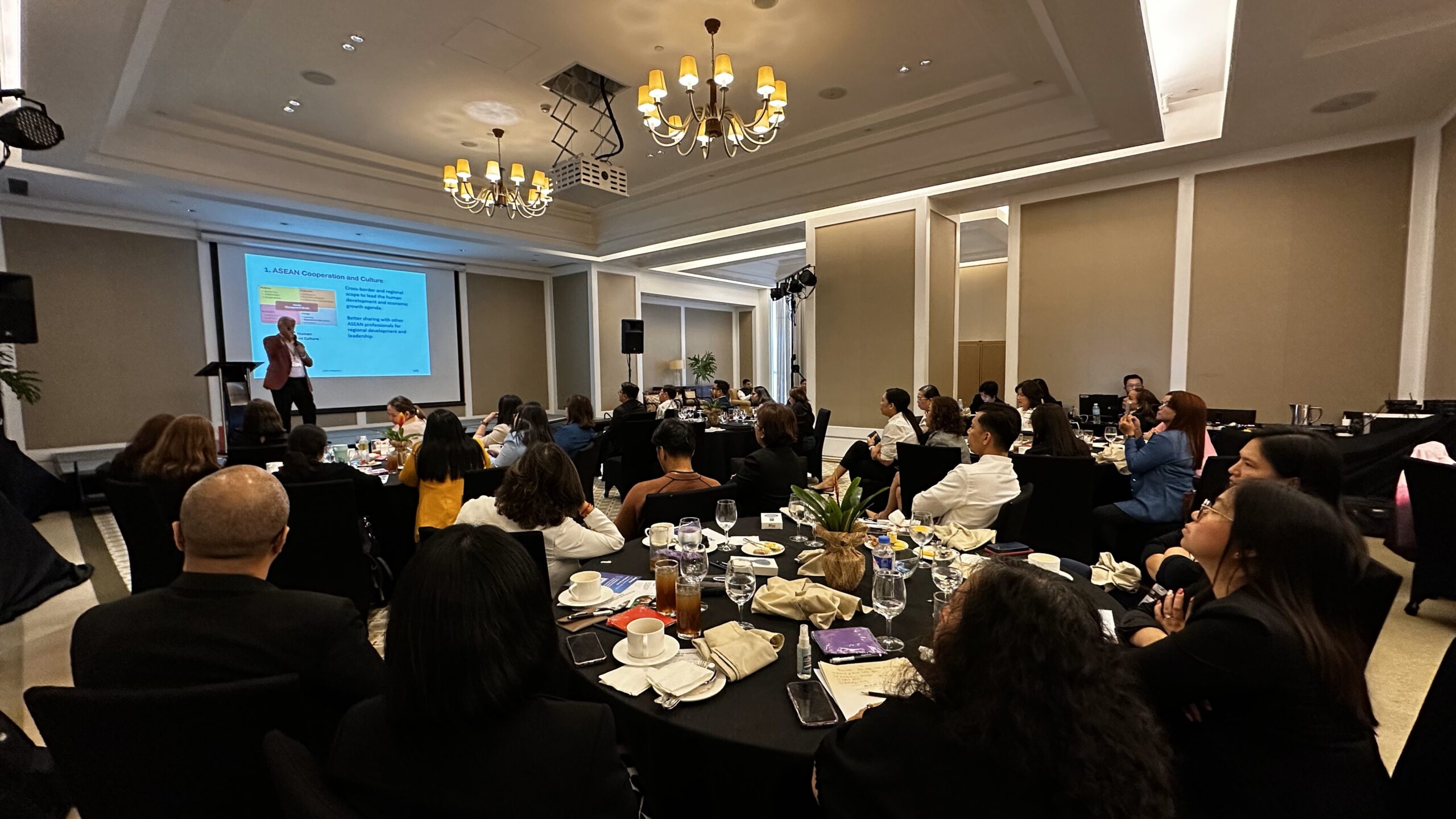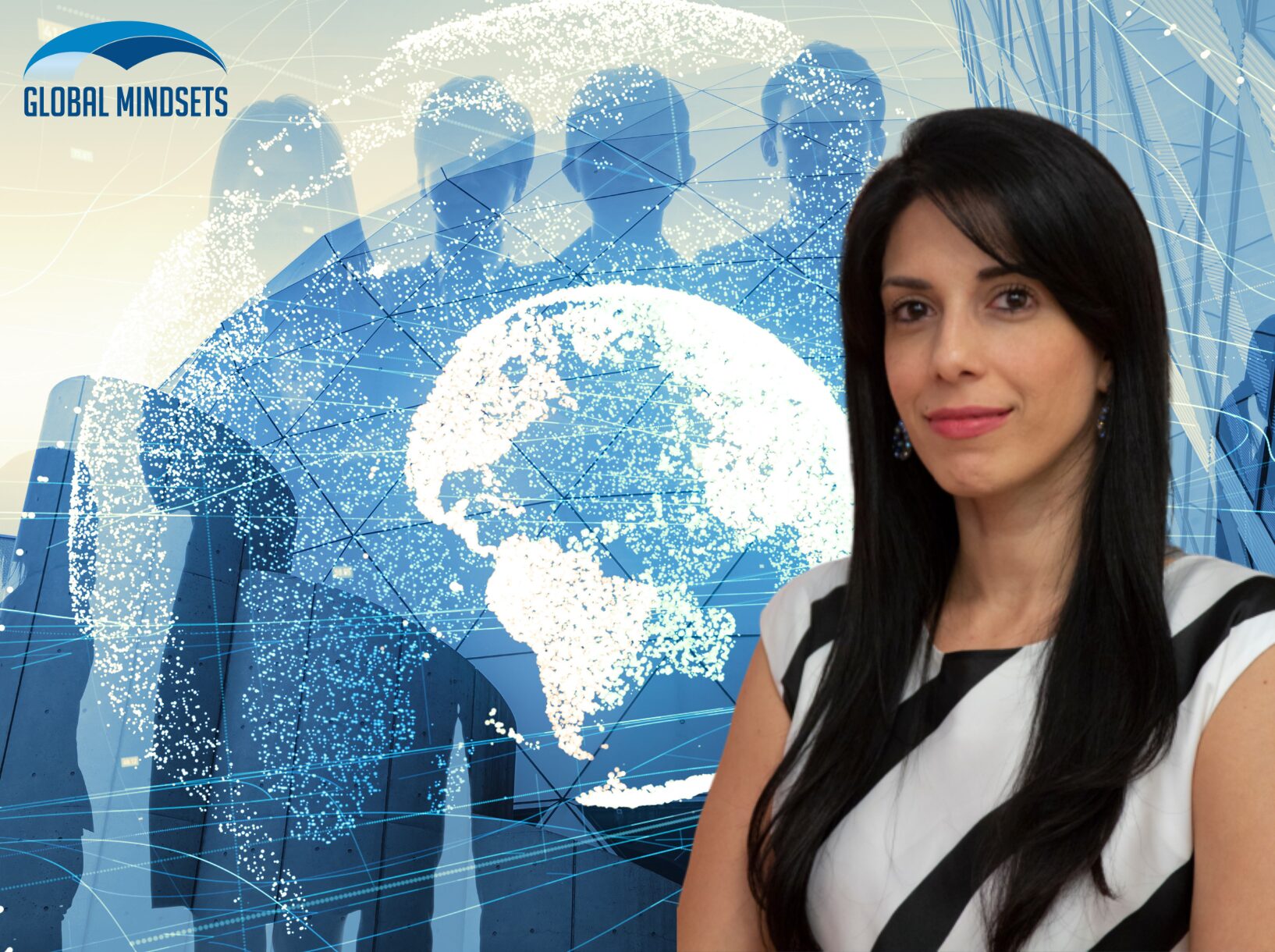How HP Inc rebooted towards a people-centric culture
- Yamini Chinnuswamy
- Topics: Asia-Pacific, Features, HR Insider

Unless you’re a particularly dedicated technophobe, you’ve probably seen the HP symbol around – or maybe even owned one of the company’s printers or computers yourself.
But though HP the brand has been around for many decades, the company as it stands today was only formed towards the end of 2015, when the Hewlett-Packard Company was split into the eponymous Hewlett Packard Enterprise and HP Inc.
As Nicolina Marzicola, the Regional Head of HR, Asia-Pacific at HP Inc says, the split was relatively painless for employees – perhaps even welcome.
“For the majority of the employees, it was actually a clean split. If you were working in the printing and imaging or the services solutions area, you came with HP Inc. Then, if you were working in software or enterprise group, you went with Hewlett-Packard Enterprise,” she notes.
In the months leading up to the split, she says, the leadership team of the new HP Inc had already identified everyone who would be coming over. They then sent out three questions to these employees: What are the things that you want to take with you? What are the things that you want to leave behind? What are the things that you want to be known for?
More than 10,000 employees responded to that survey.

What the survey showed was that the people who would make up the nascent HP Inc wanted to bring with them “the HP way” – namely the fun and the collaboration.
“What they wanted to leave behind were the old tools and processes; the bureaucracy of a company that was, at that time, over 300,000 employees; and the slow decision making, which you get in a big company like that,” says Marzicola.
And what they wanted for HP’s legacy and reputation was integrity, trust, and innovation. A brand that was dedicated to putting the customer first, and also for “really cool” products.
Of course, it wasn’t all smooth-sailing. Marzicola admits that some people still needed a bit of a nudge.
“We had to set the example at the top. We wanted to show them that we’re all employees of the same company, and the difference between the former company and our company now was that we wanted every individual to take risks. It’s OK to fail, as long as you take these very deliberate risks to try something different,” she says.
“That’s why we have our ‘reflect’ conversations frequently; because we want managers and employees to discuss, ‘What might you do differently next time? What did you learn?”
“We still need to push some of those folks over the curve.”
An eco-system that empowers
 One theme that came up frequently during HRM Magazine Asia’s conversation with HP Inc was the value the company and its employees places on diversity and inclusion. They even have a motto for it: “HP is hiring, and the only criteria is talent”.
One theme that came up frequently during HRM Magazine Asia’s conversation with HP Inc was the value the company and its employees places on diversity and inclusion. They even have a motto for it: “HP is hiring, and the only criteria is talent”.Marzicola shares the example of the “Disha” initiative – where disha is the Hindi word for “direction”.
“A member of my team in India, along with one of our Learning and Development leaders, designed the Disha programme to help women promote their careers. It is led by women for women, supported by male and female managers,” she says.
Disha gives female employees the opportunity to learn, network, gain visibility, and work on cross-functional projects in order to push out of the boxes that employees are frequently placed into.
“It’s been a great programme. Our first cohort graduated in November 2017, and we launched the second Disha programme in conjunction with International Women’s Week in March.”
Marzicola points out that programmes like Disha have only come together because of an eco-system that allows them to flourish.
“We allow for a flexible workforce. We allow for job sharing. We allow for part-time work,” she says. “We hope that by creating different opportunities and options for women in the workforce, it will be more attractive to them and they can customise their role for their personal life as well.”
As an example, Marzicola notes that HP Inc hires a large number of female engineers, but that many of them venture off to start a family.
“What ends up happening is that you have women who eventually get married and then they are that person in the family that’s responsible for everything: for their household, kids, in-laws, and parents. It becomes a huge burden to carry all of that, plus a workload.”
Policies like job sharing provide these employees with the flexibility to work around their home needs, while also allowing them to remain a part of the workforce.
“I think you’ll find that [employees who job share] are probably the most effective and productive employees, because they know they only want to work a Monday, Tuesday, and a half day Wednesday, as an example, and they know they need to get their work done, because they’re job sharing for a reason,” says Marzicola.
“They’re very good at what they do and we often use them as examples for women in the workforce. They often become mentors for other women because of that.”
Shaping an intentional people strategy

“We’re trying new things. Just this past year, here in Singapore, we’ve brought our new gaming platform Omen to a couple of the universities. Our graphics solutions business actually built us a huge gaming pavilion which we’ve brought with us during our on-campus recruiting for the students to come and play,” she says.
This particular approach goes back to what HP Inc’s employees said they wanted to be known for: fun and cool products.
“A lot of the younger generation don’t really see HP that way. So we decided to show them what we know we are.”
That focus on interns and graduate talent continues even after they’ve signed on the dotted line, and made the jump into the company. As part of its “intentional people strategy”, HP Inc’s HR team developed HP STAR, a graduate engagement programme.
Coincidentally, all four positions in the programme were filled by women who were recent graduate hires into HP Inc. These women will be overseeing a full portfolio dedicated to the recruitment and training of young talent within the company.
“They’re helping us to improve on-campus recruiting; they’re helping us to build an alumni, because we don’t have one today; and they’re helping to build a manager associate programme,” she says.
“It will be a self-electing process, where in two years, the participants will rotate out. But they are going to elect people to be their successors. We felt like it needed to be for them, and by them,” explains Marzicola.
On the topic of rotations, Marzicola says the company plans to be very deliberate in how these are conducted. They are, after all, another core building block of the intentional people strategy.
“If someone comes into a call centre position in India, we will be quite clear to them that their next role in nine months would be, say, as an inside sales rep. Then they maybe get to go to category sales. That way, when someone comes in, they know that there is career progression,” she says.
“I think that’s what we’re missing today. It is still really great to have HP on your résumé, maybe as a first job, but we’re not necessarily known in that generation as a place to have a career.”
That perception, however, is changing.It’s all a part of the people-centric culture that propels the company towards a new era as HP Inc, and the investment in this culture has shown itself to be worthwhile. Last year, for the first time since 2013 – and not long after becoming a separate company – it became the world’s leading personal computer manufacturer in terms of market share.
“Being with the company for 20 years, you see it all. But I have never felt so good,” says Marzicola. “The energy – especially in an office (HP Inc’s sprawling new regional campus in Singapore’s Depot Close) like this – it really has a true ‘vibe’.”
“What we’re trying to do is build a culture of enthusiasm. I think with enthusiasm comes better productivity. And when you have better productivity, you’re more competitive, and it sets you up to win.”
This story first appeared in the July-August 2018 edition of HRM Magazine Asia. Check out the rest of the issue here.






